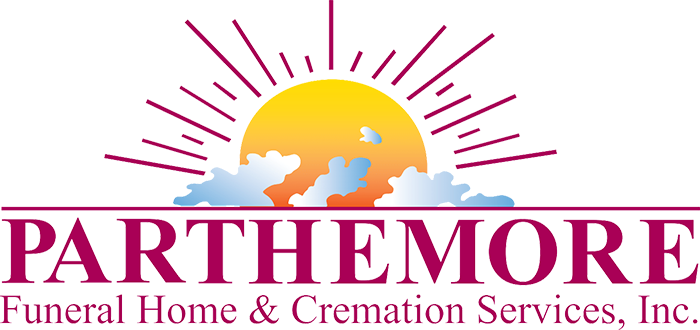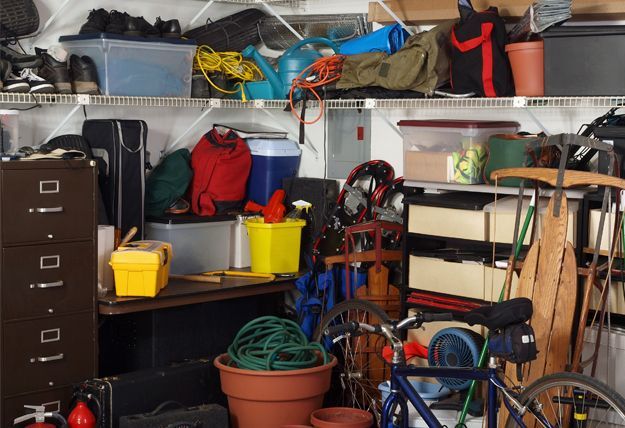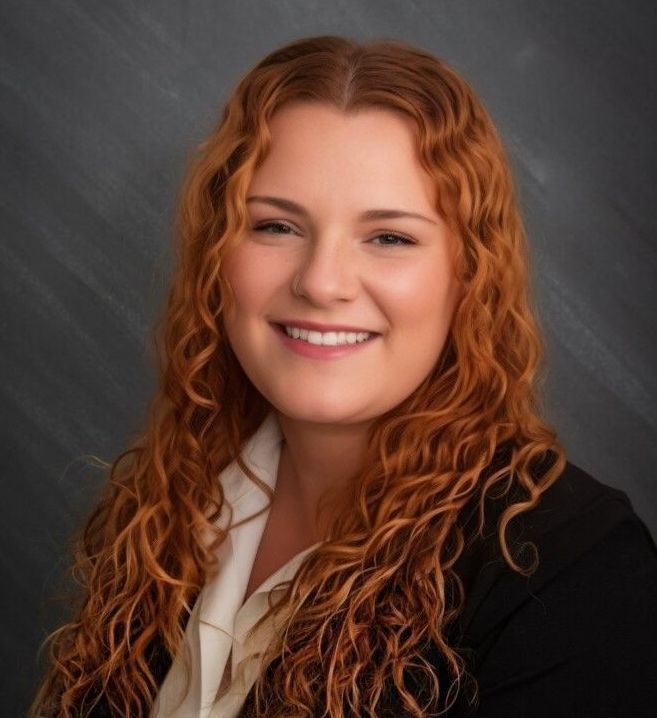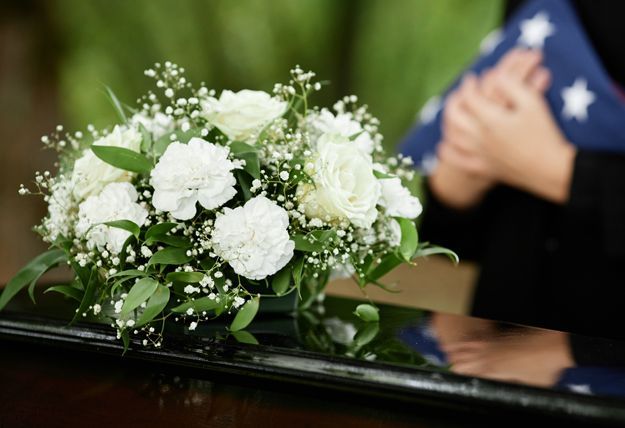What Is Swedish Death Cleaning?
“Death cleaning is not about dusting or mopping up; it is about a permanent form of organization that makes your everyday life run more smoothly,” the author explains. This process of organizing and decluttering your home can be done at any age. If you’ve ever had to sift through an aging or departed parent’s papers and possessions, you probably realize that “death cleaning” could be a very productive practice when you’re still able to do it for yourself.
Going through the process not only helps your family in the future, it provides many immediate benefits to you. “Life will become more pleasant and comfortable if we get rid of some of the abundance,” Magnusson writes. Research has found that clutter can actually make it harder for the brain to focus on a specific task. You may find yourself less stressed and more focused once you’re living in a clean, organized space. Having fewer things to worry about can also make life seem more manageable.
Steps to Start Decluttering Your Life
First, start by sorting through the clothing in your closets. Take out each piece of clothing and figure out what fits or doesn’t and what has gone out of style. Make three piles: keep, donate and throw away.
Next, declutter items that occupy the most space. Do you have a storage space that has accumulated so much stuff that you’re not even sure what’s in there? Look in your storage areas and start pulling out what’s there. Then, ask yourself when is the last time you used this? Do I still need this? Can I sell it? Is there someone who could benefit from this now? Again, make piles to designate what you are going to do with the items.
Spend the time cleaning out your attic, basement or storage area with the purpose of honoring the possessions you’ve collected over the years, then passing along the treasures you no longer need to folks who might cherish them today.
After you’ve gone through your storage areas, you can start looking at furniture and other larger items around your home. Start with the what takes up the most space. Do you really need to hold onto that large china cabinet? From there, you can work your way down to smaller items and personal mementos—consider dedicating a box to hard-to-part-with items like letters and photographs.
Lastly, clean out your digital files. This is a relatively new but very important task added to the category of decluttering. Make sure that your family has information and important login details for any online accounts, including banks, insurance, email, social media, etc. You may also want to consider decluttering your computer’s hard drive and desktop, and emails.
There’s no right or wrong way to do Swedish death cleaning, as long as you’re paring down the clutter around your home and surrounding yourself with the most meaningful essentials.












